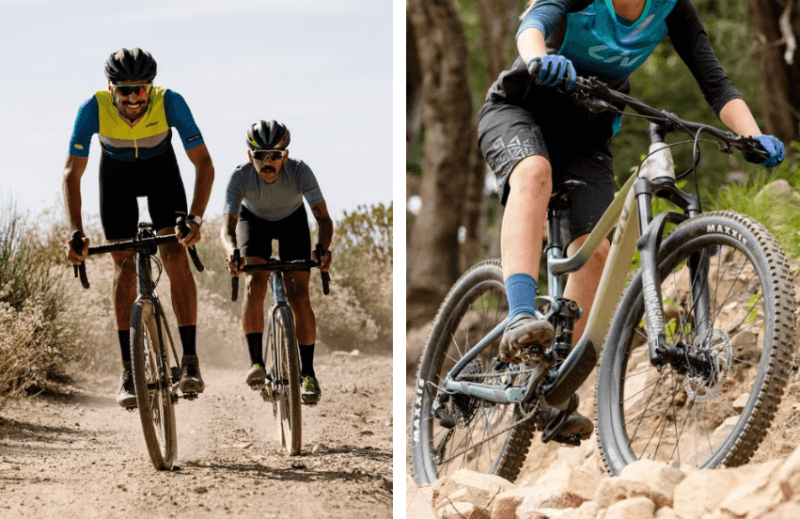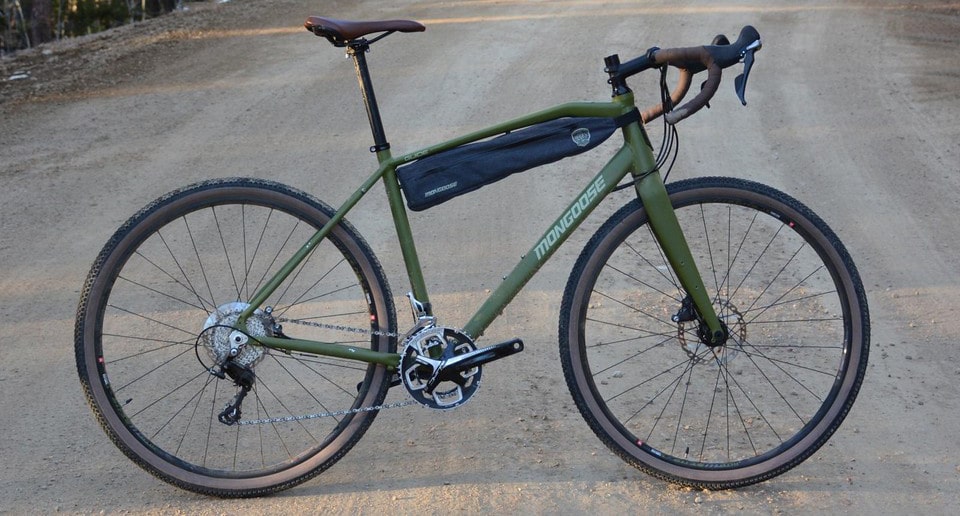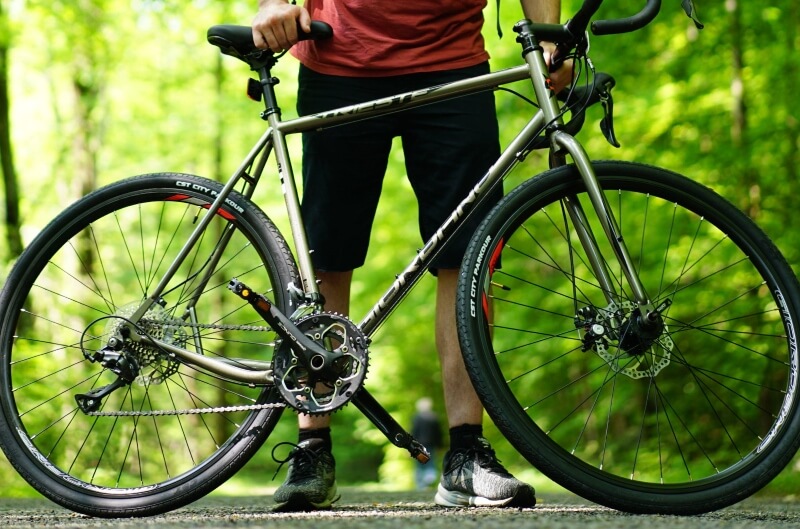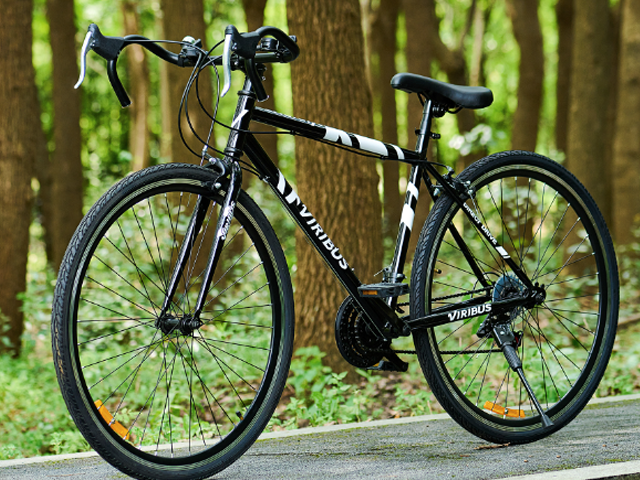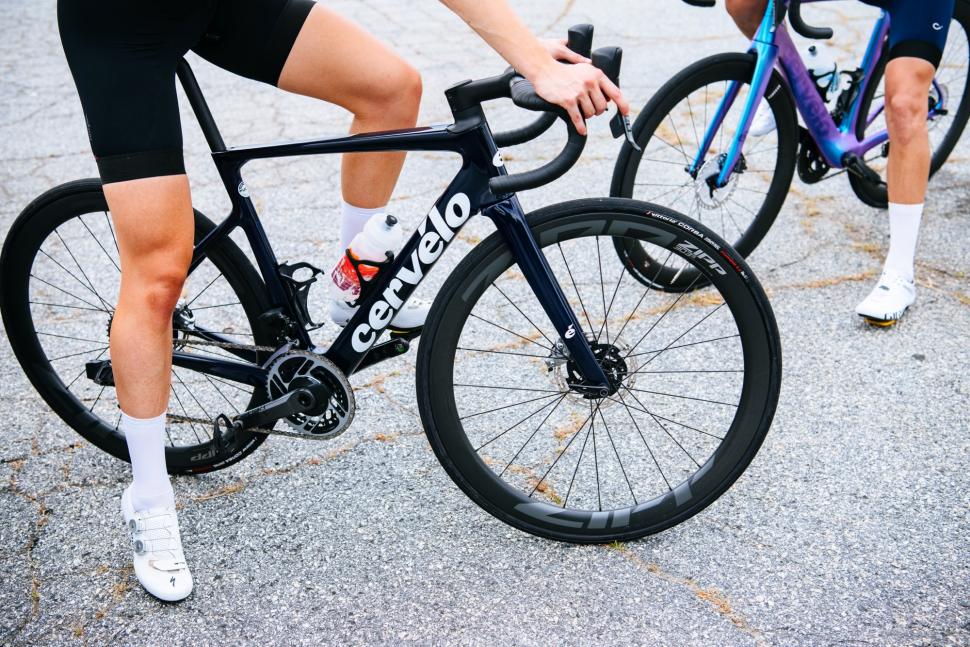- Trails
-
Bikes
-
Gear
-
Tips & Tricks
-
About us


The bike statistics and facts estimate the number of bikers worldwide is about 1 billion, with China as the leading country with over 450,000,000 bikers. A study Trusted Source Gravel Bike Market: how much fuel is left in the tank? | Cycling Industry Alongside electric bike sales and a booming workshop, gravel bikes have become a standout trend that has shifted up a gear. cyclingindustry.news conducted in 2020 established that the most popular bike in the market today is the gravel bike. Its popularity is due to the numerous advantages it has. Unlike mountain bikes, one can ride gravel bikes both on-road and off-road since they have suitable gravel bike tire sizes. Bike manufacturers designed mountain bikes specifically for off-road purposes.
The other study Trusted Source The great bicycle boom of 2020 | BBC Throughout lockdown, rusty bikes were dusted off in garages around the world and sales of new bikes surged. www.bbc.com conducted on multiple bike shops in the U.K in 2020 established that 20% of bike shops preferred increasing the number of gravel bikes due to the rising demand. According to the U.S. transportation department Trusted Source Cycling, the better mode of transport | UNEP According to UN Environment’s Global Report on walking and cycling published in 2016, up to 60 per cent of city trips are made by bike in Chinese cities while in African cities the share is closer to 5 per cent. www.unep.org , men make about 70% of the total bicycle trips while women make 30%. It is a clear indication that men still dominate the cycling field. Are you wondering what the right size of tires for a gravel bike is? How wide should gravel tires be? Here is a guide to answer all your questions.
Gravel biсycle tires are typically larger than mountain bike tires, with widths ranging from 35 mm to 50+ mm. Gravel tires also have much lower tread than MTB tires since gravel riding does not require the same level of grip that off-road biking does. Gravel tires also feature more protection against punctures than MTB tires, and larger contact patches to provide better traction on gravel roads and trails.
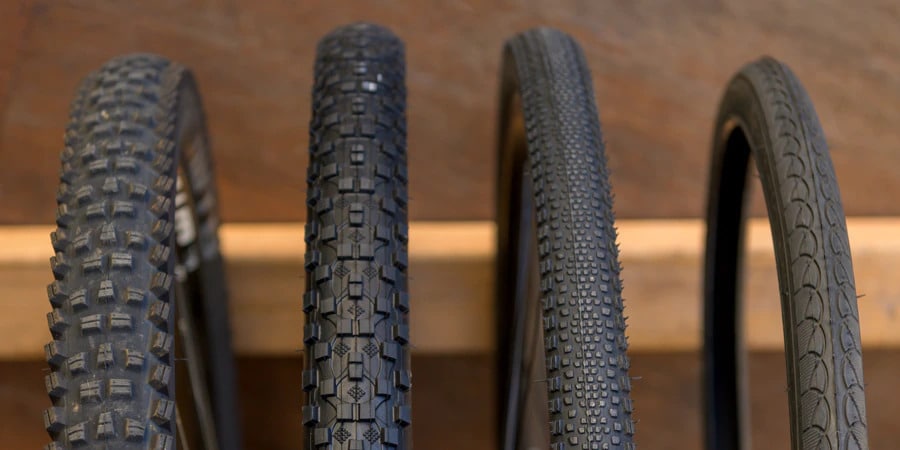
It is not easy to decide on which gravel bike wheel width is best for you. The tire setup solely depends on the area you live in, the events you plan to take, the intensity of riding, and your area’s road conditions. Several bikers stock different types of tires and install them depending on the particular situation.
Most bikers own at least two sets of wheels to tackle different types of terrain. One set of wheels should contain thick chunky gravel tires for off-road cycling, while the other set containing slim tires for daily commuting and leisure riding on tarmacked or paved roads. The narrow gravel bike tires provide a smoother ride and fast-rolling but are more susceptible to puncture, while the thick chunky tires have more grips but are heavy.
It is best to find an all-rounder one when looking for a tire size for a gravel bike. The tire should perform exceptionally in both terrains and be highly resistant to puncture. In addition, it should provide riding comfort and roll easily while offering a good amount of grip.
It is also essential to have a deep understanding of the recommended tire dimensions, including the width, diameter, and tread pattern depending on the size of your bike, to identify the best tire sizes for your gravel bike.
There are several tires for gravel bikes in the market to allow you as a rider to choose the right tire to meet your demands. The availability of several sizes of tires makes it hard to decide on the best tire size for your gravel bike. Gravel tires include the 28″ (700mm) and the 27.5″ (650mm) tire models in a tire width ranging from 28mm to 57mm.
They are often recommended for beginners because they provide good grip, traction and comfort. They also offer a fast rolling experience on dry surfaces.
40 mm tires on a road bike are becoming increasingly popular as they provide more cushioning than narrower tires and have a good grip and traction on wet surfaces.
These offer a slightly stiffer ride than the 35 or 40 mm tires but provide a good balance between grip, traction and rolling speed.
45 mm tires are for those looking for extra cushioning and grip on rough or off-road surfaces. These wide gravel tires roll slower than the others but can still be used on roads as well. They provide maximum traction in any situation.
Wider tires are best for rougher and rocky terrains since they increase comfort and stability. Having the widest gravel tires provides enough cushion of air between the rider and the obstacles on the trail. It protects against harsh vibrations and collisions that may have adverse impacts on the rider. In addition, it offers more grip when riding in muddy or on roads with loose gravel.
| Width | Good for | Not good for |
| 28 mm | Tarmac, fine crushed stone, speed | Rocks, rough terrain |
| 30 mm | Wet, gritty roads | Rocks, rough terrain |
| 32 mm | Dry conditions, climbing | Single track |
| 35 mm | Mix of road surfaces | Large loose rocks |
| 38 mm | Mix of road surfaces | Large, loose rocks |
| 40 mm | Gravel, hard pack, dirt | Speed on road surfaces |
| 45 mm | Gravel, hard pack, dirt | Speed on road surfaces |
| 50 mm | Singletrack, gravel | Road or Speed |
The most common bicycle tire sizes are 26-inch, 27.5-inch (also known as 650b tires), and 29-inch (also known as 700c). These three sizes cover the vast majority of adult bicycles in use today.
Different regions have recommended tire dimensions depending on the terrain of the area. For example, the European Tire and Rim Technical Organization recommend a width of 57mm and an inner diameter of 622 mm. These designated sizes make it easy to find the tire in the correct rim size.
The French classification of rim tires also suggests a 700*35C, which means the approximate outer diameter should be 700mm with a tire width of 35mm. The ‘C’ letter means the inside diameter of the tire.
With the different tire dimensions, more confusion arises. The width of the tire changes depending on the rim’s inner width. An increase in the internal width leads to an increase in the tire’s width. For instance, a 3mm increase in the rim size will increase the tire width by 1mm.
Varying tire designs also lead to a significant increase in the tire with an increase in pressure. As a result, the tire volume may differ depending on the model, even in similar size specifications.
Apart from the tire width and diameter, there are several other sizes to look at when purchasing a modern gravel bike. It includes the wheel and chainring sizes. Even with the best model of gravel bike in the market, choosing an incorrect wheel and chainring size will affect your experience on the road. These two factors affect the speed and maneuverability of the bike.
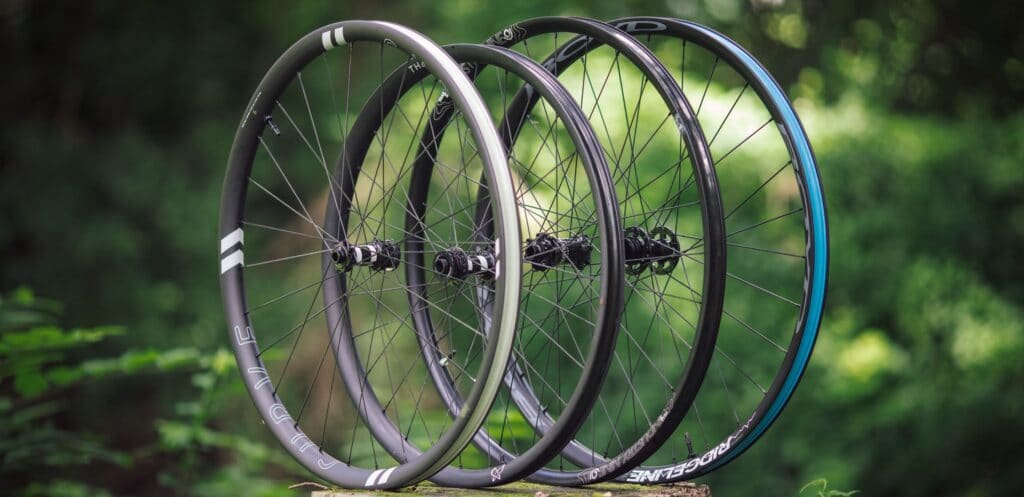
700c wheels are the ideal choice for gravel riders focused on speed and efficiency.Good tire clearance is one of the main factors to check when purchasing the modern gravel bike. A good clearance increases the bike’s versatility making riders take on the roughest terrains. In muddy roads, it prevents mud from accumulating in between the tire and the frame. There’s no definite answer to the question what the best wheel size for a gravel bike is. Mostly, it will depend on your height and the type of terrain you plan to ride. Most gravel bikes are equipped with good tires like the Single/7-Speed Beach Cruiser wheelset that offers versatility with 26″ wheels. These super wide wheels offer excellent stability on the road than any other regular wheels. They are highly compatible, and one can install far tires or oversized balloon tires.
Fat wheels provide more grip and stability on the road like the Coaster Brake Beach Cruiser wheelset, especially when fitted on these bikes. This tire is the best when changing your worn-out tires is more compatible with different types of terrains. The wheel comes wholly assembled; hence no need to align and protect the sprocket and the arm.
Gravel bike rim size affects the tire’s profile and stability. Wider rims provide a larger tire contact patch, which can improve traction and handling on loose or uneven surfaces. Additionally, wider rims can help prevent “tire squirm,” where the tire deforms excessively under load, which can lead to reduced handling precision and increased rolling resistance.
In the past, gravel bikes came with 50/34t compact chainrings with a reasonably limited range cassette. This size is still a good option when riding on a well-leveled road and gentle rocky terrain. However, when hitting a more technical road, the bike may not have enough grip, and one may be unable to sustain the power and keep peddling.
Current group sets of outdoor gravel bikes such as bikes under $1500 with much lower gears make them versatile and flexible to ride in almost all terrains. Most recent gravel bikes will offer lower ratios of up to 1:1 that let you climb on steep terrain with loose gravel.
Manufacturers can shift to lower gears by changing both drive trains. The front chainrings are smaller with more compact chainsets, which help increase speed. It makes the chainrings sizes to be smaller than the recommended 50/34t.
Choosing the correct gravel bike tires sizes for your ride can be a daunting experience. It is essential to consider various factors before choosing the right tire. Different terrains require different sizes of tires. It is crucial to conduct an in-depth study before purchasing a tire that would offer a comprehensive service on and off-road trails.
Ensure that the tire has low rolling resistance with excellent grip. In addition, it should offer more comfort when riding through corners and also be resistant to punctures. According to different reviews, there are various gravel bike sizes that are compatible with all terrains offering a smooth and more comfortable ride.
